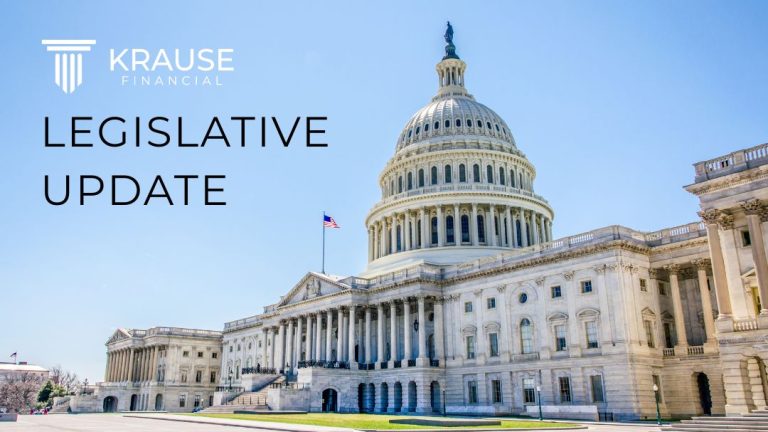What Is the Asset Limit for Long-Term Care Medicaid?

Disclaimer: Since Medicaid rules and insurance regulations are updated regularly, past blog posts may not present the most accurate or relevant data. Please contact our office for up-to-date information, strategies, and guidance.
In order to conduct crisis planning with clients facing an imminent long-term care need, it’s vital that you, as their attorney, understand the Medicaid program and its requirements. The reality is that the most common roadblock preventing individuals from qualifying for Medicaid is having too many assets. But what is the asset limit applicants must meet? And how can they become eligible for benefits without depleting what they have left?
Medicaid Asset Limits for Single Clients and Married Couples
Institutionalized Individual
An individual or institutionalized spouse can keep $2,000 in countable assets in most states, though some states have a different limitation. This is known as the Individual Resource Allowance.
Two Spouses Who Need Care
In the case of a married couple where both spouses require care, the couple can keep $3,000 in countable assets in most states. Some states apply a different limit. This is known as the Resource Allowance for a Couple.
Community Spouse
In the case of a married couple where only one spouse needs care, the community spouse can keep a separate, much larger allowance known as the Community Spouse Resource Allowance (CSRA). This allowance varies by state, and some states apply a standard CSRA, while others apply a minimum and maximum allowance.
In standard CSRA states, the community spouse must spend down their excess countable assets to the standard limit in order to qualify the institutionalized spouse for Medicaid. The allowance varies by state but is generally capped at $154,140 in 2024.
In minimum/maximum CSRA states, the community spouse’s is entitled to one-half of the couple’s assets as of the snapshot date, not to exceed the maximum CSRA and not to fall below the minimum. The minimum and maximum allowances vary by state but are generally $30,828 and $154,140 in 2024, respectively.
To view your state resources, log in to your Attorney Access account.
Exempt vs. Countable Assets
For Medicaid purposes, assets are divided into two categories: exempt and countable. When discussing asset limitations, this pertains to countable assets only.
Exempt Assets
Exempt assets are not considered when determining Medicaid eligibility, so the applicant and their community spouse can retain any and all of these assets without jeopardizing their benefits. Common exempt assets include:
- The primary residence1
- One vehicle
- Household furnishings and appliances
- Personal effects and clothing
- Life insurance2
- Funeral expense trust2
Countable Assets
Countable assets include non-exempt resources that hold value and could become liquid. To qualify for Medicaid, the applicant and community spouse can only keep a certain amount of countable assets as outlined above. Common countable assets include:
- Checking and savings accounts
- CDs and Money Market accounts
- Stocks, bonds, and mutual funds
- Additional real estate and vehicles (including boats and RVs)
- Land contracts, promissory notes, and annuities with value on the secondary market
- IRAs3
How to Spend Down Assets for Medicaid?
Although it’s common for individuals and married couples to have too many countable assets to qualify for Medicaid, they do not have to exhaust their life savings paying the nursing home bill before they can achieve Medicaid eligibility. Fortunately, you can help them use a Medicaid Compliant Annuity to accelerate their eligibility for benefits and protect their assets in the process.
Read More: How to Spend Down Assets for Medicaid
Whether you’re new to Krause or you aren’t sure where to begin, we invite you to schedule a call with one of our specialists. We’ll discuss how our products, services, and resources can help you streamline long-term care planning in your practice.
1 Exceptions exist in cases where the community spouse or a minor or disabled child are not occupying the residence, and the Medicaid applicant’s equity in the home exceeds the state-specific limitation, which is between $713,000 and $1,071,000 in 2024.
2 If the face value is below a state-specific limitation
3 The classification of an IRA as an exempt or countable resource varies by state. Learn more on page number.

As Senior Content Specialist, Katie drafts and edits content across multiple platforms, including blogs, guides, emails, white papers, videos, brochures, website pages, and more. She conducts research and gathers up-to-date information to keep our clients well-informed.



